Benefits of Sustainable Label Materials
Sustainable packaging and labelling aren’t just good for the planet, they’re good for business. Across Australia, the demand for sustainable goods is on the rise, with more than half of Australian consumers preferring to make purchases from environmentally friendly and socially conscious brands.
Sustainable label materials not only increase packaging circularity but also offer advantages for regulatory compliance, brand differentiation, visual appeal and reducing a brand’s environmental footprint. By opting to implement sustainable labelling solutions, businesses can balance the demands of customers, maintain product performance while meeting sustainability and business goals.
As a signatory to the Australian Packaging Covenant (APCO), insignia is working towards the 2025 National Packaging Targets, and we're committed to helping our customers work towards theirs too.
Options for sustainable label substrates can be challenging for businesses transitioning to sustainable packaging. While the term “sustainable packaging” may sound like an environmental buzzword, it means that businesses have taken a considered approach to what’s going to happen to that packaging after it’s been used.
With consumers increasingly citing that circularity of packaging impacts their purchase decisions, choosing the right label material can increase positive purchase choices when the complete product package is recyclable. Sustainable label substrates reduce contribution to landfill by eliminating non-recyclable waste, help achieve regulatory compliance, and offer brand differentiation.
The 2025 National Packaging Targets are supported by Australian industry and government to deliver a sustainable approach to packaging by 2025. To contribute to targets, there are multiple sustainable labelling solutions that businesses can consider:
- Recyclable, organic, or compostable labels – Choosing substrates made from bio-based materials that break down.
- Adhesive choice – Water-based adhesives made with components that are easily removed for efficient recycling.
- Liner recycling – Collection of recyclable label liner and converting them into materials that are reused in packaging and support the circular economy.
Challenges of Switching to Sustainable Labels
Although there are many benefits to switching to a more sustainable label substrate, there are also many barriers to entry where businesses may not be willing or able to change yet. Choosing the right material itself is a challenge due to the variety of substrates and materials where different applications suit different businesses. Sustainable materials must protect goods to a standard of non-sustainable alternatives when used for packaging as well. The primary role of packaging is to protect the goods and display essential information which cannot be compromised on at all. The cost is typically higher than conventional packaging due to the materials involved, sourcing them, and sometimes having less-established supply chains or recycling processes.
However, consumers are becoming more environmentally conscious and are more willing to pay more for sustainable products that are designed to be reused or recycled. This has created an influx of “eco-friendly” or “100% natural” labels that promote being green but don’t have any real initiatives towards sustainability. Greenwashing is the practice of marketing a product or a brand as being more environmentally friendly than they really are. Due to the increasingly awareness of sustainable products, some businesses have seen it as a great business potential. This is why it is beneficial to understand which green packaging symbols hold authentic accreditation and are certified by an external organisation or process.
Selecting and Building a Sustainable Label
A typical pressure sensitive label consists of a face stock, adhesive and the release coating/liner. All three components have an impact on sustainability. It’s also important to consider the ink type and any coatings or embellishments that can impact on recyclability.
Face stock is the material that physically holds the printed information and graphics of your label which consists of recycled paper, textiles, and other renewable materials.
Sustainable face stocks can include post-consumer recycled paper,
sustainably-sourced and certified paper, compostable label material, recyclable PET and thinner/lightweight face stock options.
Adhesive is the layer responsible for bonding your face stock to the product or packaging surface. Options for more environmentally friendly adhesive include water-based, biodegradable, repulpable, wash away and low VOC adhesives.
Label release coating & liner is the backing paper that supports your label and protects the adhesive until it is ready for use. Typically, release liners are coated with silicone, making them difficult to recycle. Unfortunately most liners end up in landfills, however, there is a variety of options for more sustainable release liners such as recyclable, thinner, linerless, recycled raw material and sustainably sourced and certified liners.
Balancing Sustainability and Business
In a perfect world, every business would opt for switching to sustainable labels. However, in many cases, there will be a business decision that needs to balance function, cost, availability of product, and practicality with overall sustainability goals.
Transitioning to eco-friendly packaging for more efficient recyclability is becoming more common due to increased focus on national packaging target deadlines, rising consumer environmental awareness and the drive for more eco-conscious business strategies.
The structure of your label can have a significant impact on reaching sustainability goals. insignia’s experts have experience in a wide range of industries and applications and can guide you in choosing the right sustainability solutions to suit your needs. If you are considering implementing more sustainable label substrates to your product packaging and need more information on how best to do this, lean on our expertise and get in touch today.







